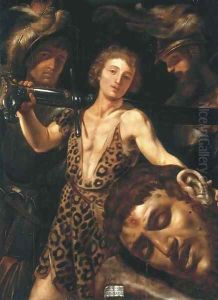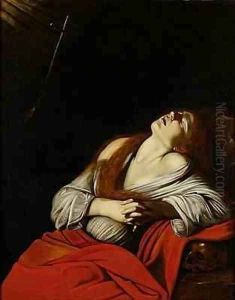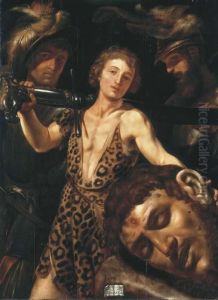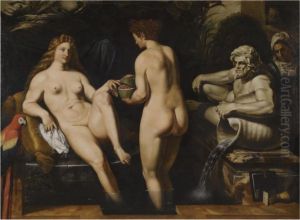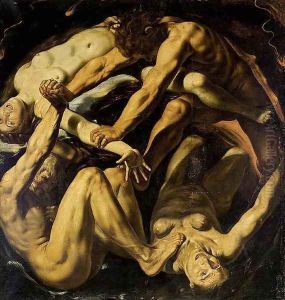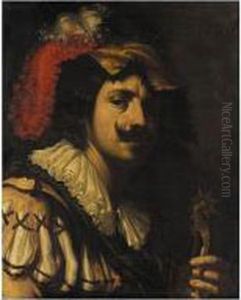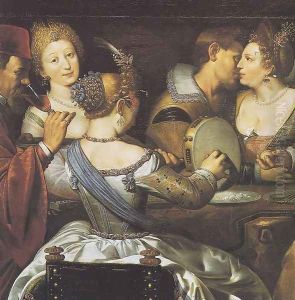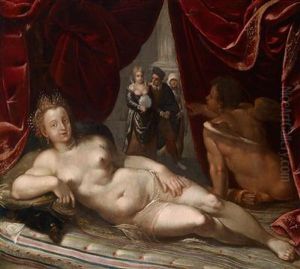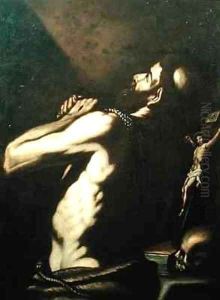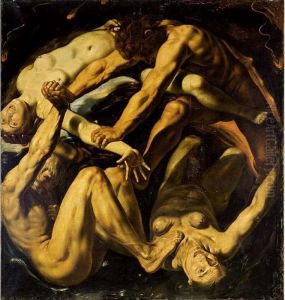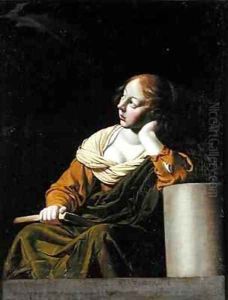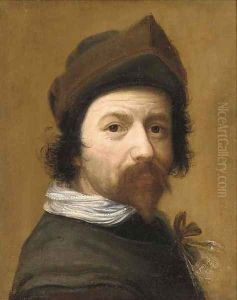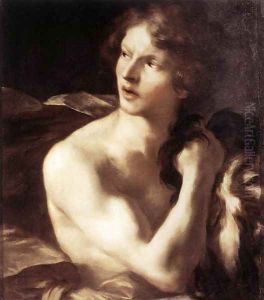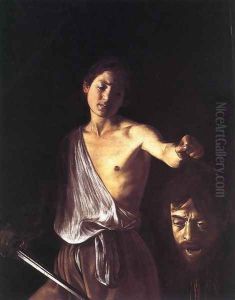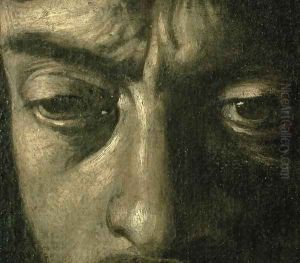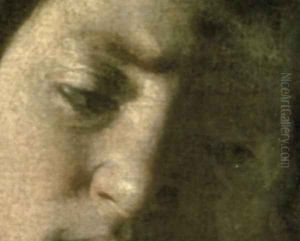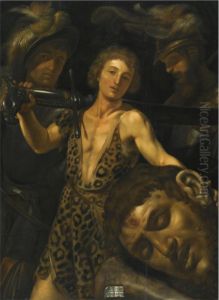





David With The Head Of Goliath
-
About Reproduction
Discover the allure of art with our faithful reproduction of "David With The Head Of Goliath", originally brought to life by the talented Ludovicus Finsonius (see FINSON, Louis). Unlike posters or prints, our hand-painted oil painting breathes an unique sense of depth and texture into your space. Every detail, every stroke, and every texture is meticulously recreated, paying the perfect homage to Ludovicus Finsonius (see FINSON, Louis) and his artistic vision.
Owning this piece is more than just decoration - it's a statement of your refined taste in art. Let the vibrant colors and intricate details of this replica serve as a daily reminder of the beauty in our world. Elevate your decor and appreciate the richness of art with our replica of this masterpiece.
-
Painting Description
"David with the Head of Goliath" is a significant painting by the French Baroque painter Louis Finson (also known as Ludovicus Finsonius in Latin), who was active during the late 16th and early 17th centuries. This artwork is a vivid representation of the biblical story of David and Goliath, a popular subject in the art of the period, showcasing the young David holding the severed head of Goliath, the Philistine giant he defeated with a slingshot, as described in the Book of Samuel in the Hebrew Bible.
Louis Finson, born around 1575 in Bruges and died in 1617 in Amsterdam, was known for his strong Caravaggesque style, characterized by dramatic use of light and shadow, as well as a keen attention to detail and emotional intensity. "David with the Head of Goliath" exemplifies Finson's adeptness at blending realism with a heightened sense of drama, capturing the moment of victory and contemplation in the aftermath of battle. The painting is notable for its detailed depiction of textures, from the metallic sheen of Goliath's armor to the youthful complexion of David, highlighting Finson's skill in rendering materials and human anatomy.
The work is also significant for its exploration of themes such as bravery, divine justice, and the triumph of good over evil, which were resonant with the religious and cultural values of the time. Through the figure of David, Finson explores the idea of the underdog overcoming insurmountable odds, a theme that has universal appeal and has been interpreted in various ways throughout art history.
While the exact date of creation is not definitively known, "David with the Head of Goliath" is believed to have been painted in the early 17th century, during Finson's time in Italy, where he was profoundly influenced by the works of Caravaggio. This influence is evident in the dramatic lighting and the psychological depth Finson brings to his subjects, distinguishing his work within the Baroque period.
Today, "David with the Head of Goliath" by Louis Finson is considered an important work in the study of Caravaggisti, artists who were influenced by the revolutionary style of Caravaggio. It contributes to our understanding of the spread of Caravaggism across Europe and the adaptation of Caravaggio's stylistic innovations by artists in different regions. The painting is not only a testament to Finson's mastery as a painter but also a valuable piece of cultural history, reflecting the artistic and religious sensibilities of the Baroque era.
-
Lead Time & Shipping
When you order this oil painting replica, it typically takes 2-3 weeks to paint. If the artwork is more complex, it might need a little more time to ensure the best quality. Once it's ready, we'll send you a photo for your approval. After you give the green light, we'll ship it to you for free.
-
Return & Refund
We believe in the quality of our hand-painted oil painting reproductions, and your satisfaction is our priority. If for any reason, you are not completely satisfied with your purchase, we offer a 45-day return policy. You can return your artwork within 45 days of receipt and receive a full refund. Please note that the artwork must be returned in the original packaging and in the same condition as it was received.





